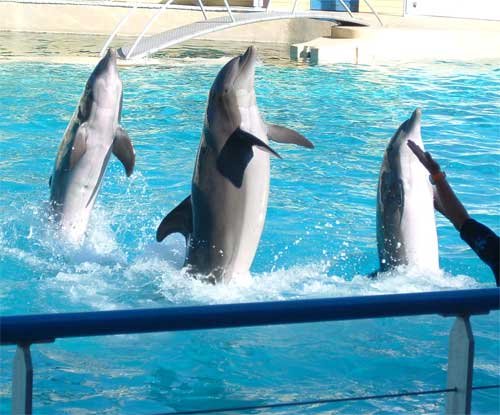Dinosaurs get the movie deals, but Earth’s deepest past harbored creatures so odd they seem almost imagined. New scans, chemical clues, and reinterpreted fossils keep revealing bodies built like riddles: eyes where you don’t expect them, jaws coiled like clocks, and necks that stretch logic. The mystery is simple yet thrilling – how did life experiment so wildly and still leave a trail we can read today? Scientists are turning that trail into a clearer story, one strange fossil at a time. The result is a fresh look at evolution’s boldest prototypes and the technologies rewriting their biographies.
Opabinia regalis: The five-eyed hunter with a hose-like trunk

What stares back with five eyes and a flexible snout that ends in a gripping claw? Opabinia, a Cambrian oddball from Canada’s Burgess Shale, looks like a creature assembled from spare parts. Its trunk likely snatched soft prey and ferried it to a circular mouth tucked under the head, while those eyes scanned the seafloor like tiny periscopes. I remember pausing at a museum case, realizing my own mental model of “what an animal looks like” wasn’t built for this. Opabinia forces us to accept that early animals didn’t just push boundaries – they ignored them.
Modern imaging has refined its anatomy, yet big questions remain about exactly where it fits on the tree of life. Think of it as a test balloon for arthropod features, showing that early evolution tried many combinations before landing on familiar body plans.
Hallucigenia sparsa: The spiky caterpillar that fooled everyone
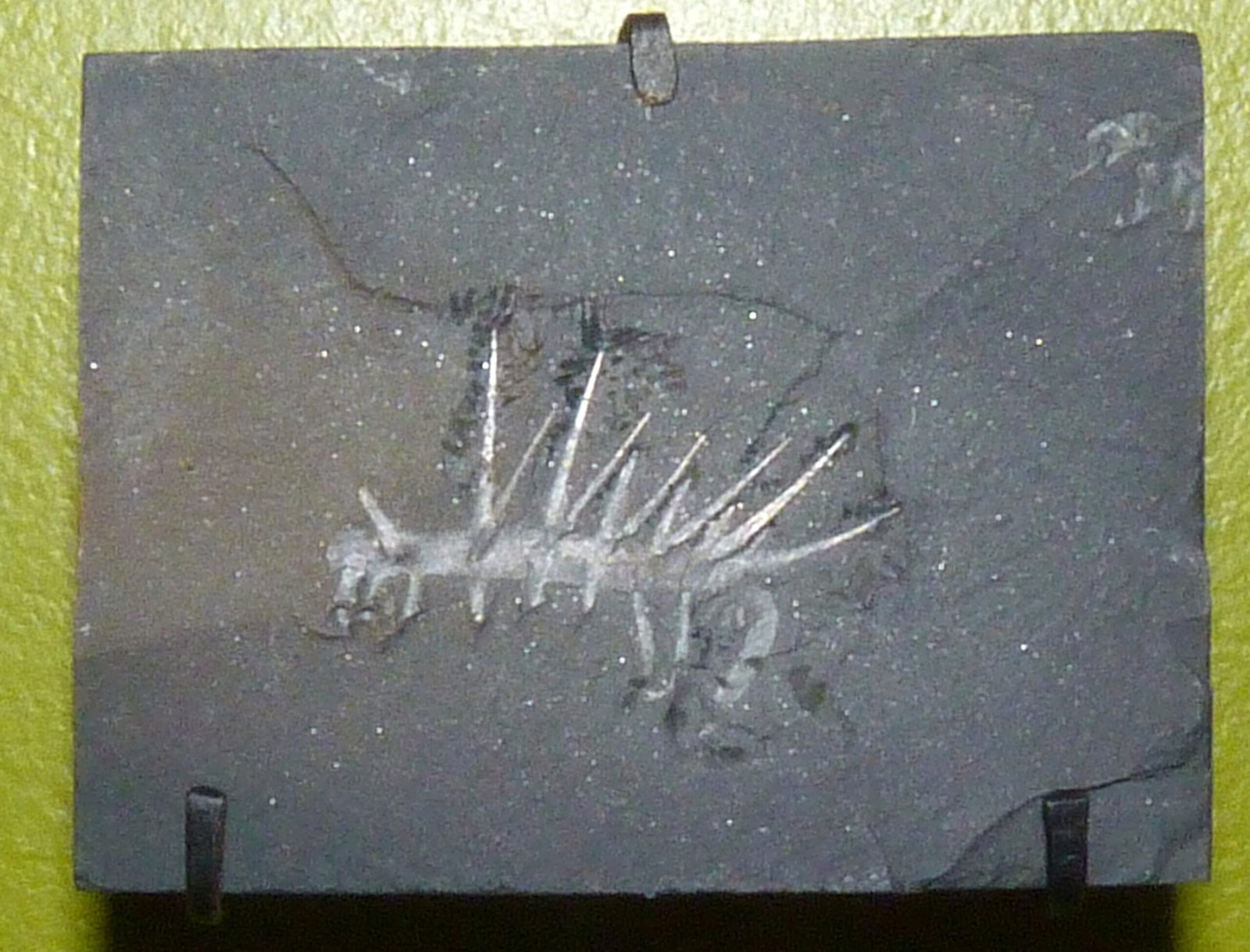
Hallucigenia’s first reconstructions were famously upside down, with its spines mistaken for legs – proof that the Cambrian can prank even careful scientists. This thumb-length worm sported rigid spikes on one side and soft, claw-tipped legs on the other, like a walking pin cushion. Later work clarified which end held the head and found mouthparts that hint at kinship with modern velvet worms. The more we look, the less it seems like a joke and the more it resembles a clever survival kit for a dangerous seafloor.
Those spines likely deterred predators such as Anomalocaris, while the claws gripped microbial mats. Hallucigenia reminds us that defensive armor can evolve long before heavy skeletons – sometimes the sharpest ideas arrive early.
Anomalocaris canadensis: The torpedo with pineapple-slice jaws
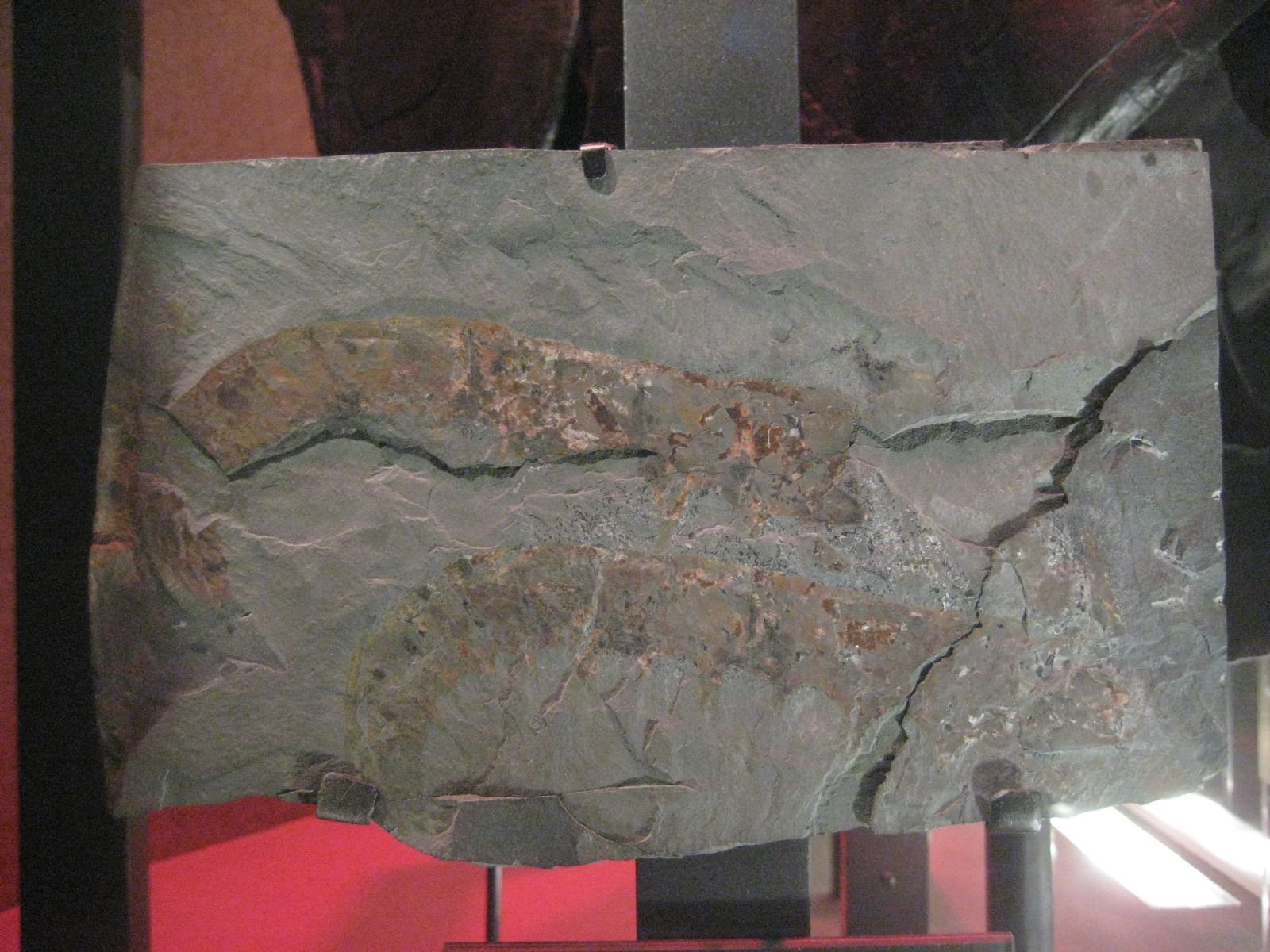
Before fish ruled the seas, Anomalocaris patrolled like a living torpedo, up to a meter long with paddle-like flaps for swift swimming. Its grasping frontal appendages funneled prey into a circular mouth lined with overlapping plates, an arrangement that looks more mechanical than biological. For decades, scientists misidentified its body parts as separate species, a fossil jigsaw puzzle solved only with patience and new finds. When assembled, the picture is startling: one of the planet’s first big predators, tuned for pursuit and picking apart trilobites.
Computer models now suggest it was agile enough to lunge and reposition quickly, the way a raptor stoops on air. Predator and prey arms races likely accelerated innovation across Cambrian ecosystems, and Anomalocaris was a pace-setter.
Tullimonstrum gregarium: Illinois’ shape-shifting enigma
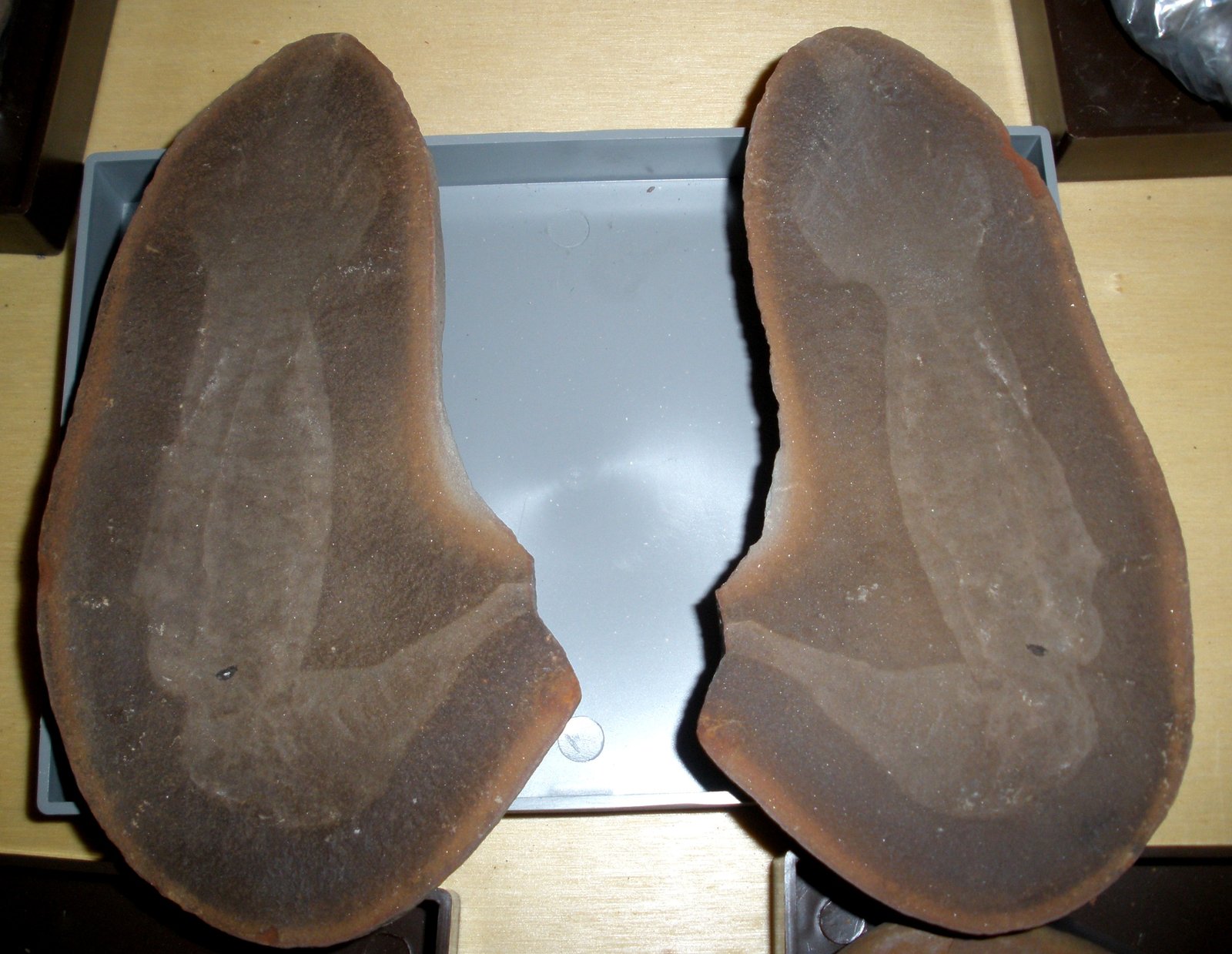
Nicknamed the Tully monster, this soft-bodied creature from the Mazon Creek beds carries eyes on a rigid bar and a long proboscis ending in a pincer. Its overall outline looks like a smooth tadpole drawn by a surrealist. Studies in the past decade have argued both for and against it being a vertebrate, citing eye tissues, cartilage-like structures, and conflicting anatomical signals. That debate hasn’t cooled, and I like that it hasn’t – uncertainty is where new methods earn their keep.
Whatever Tullimonstrum turns out to be, it shows how coal-country fossils can upend textbooks. It’s a reminder that world-class paleontology isn’t only a desert story; sometimes it’s a riverbed under old industry.
Helicoprion: The buzz-saw smile of the Permian seas
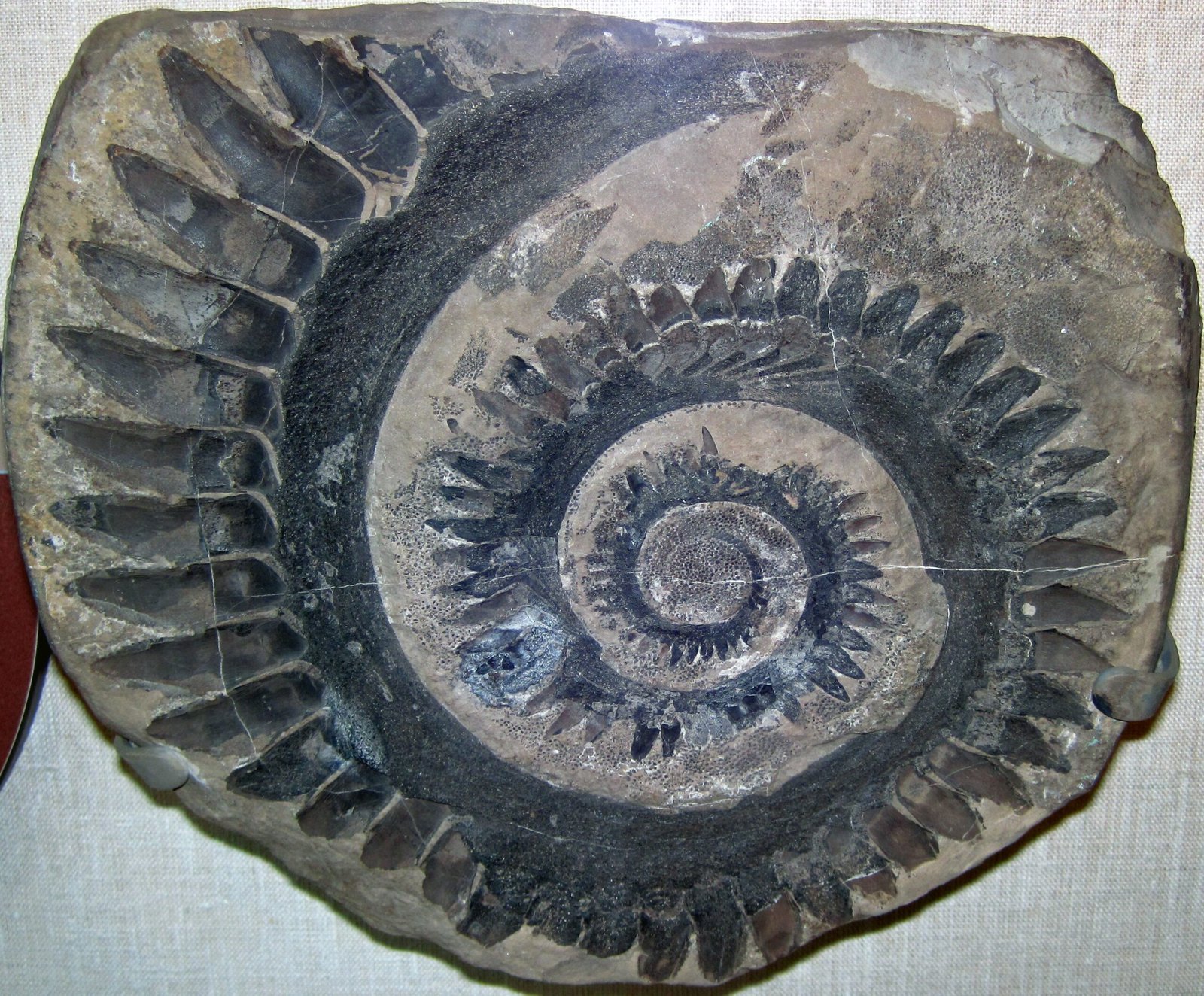
Imagine a fish with a circular saw tucked inside its lower jaw: that’s Helicoprion, a shark-like relative from the Permian. For more than a century, the tooth spiral stumped researchers – was it on the snout, the throat, or even sticking out like a tusk? High-resolution CT scans finally nested the whirl within the lower jaw, where new teeth grew inward like a rolled tape measure. The saw wasn’t for slicing giant prey in half so much as gripping and processing soft-bodied animals such as squid.
It’s a delightful case study in scientific humility: a single bizarre fossil part can tempt wild guesses until technology brings the anatomy into focus. Nature hadn’t lost the manual; we just hadn’t found the right light to read it.
Atopodentatus unicus: The Triassic herbivore with a hammerhead mouth
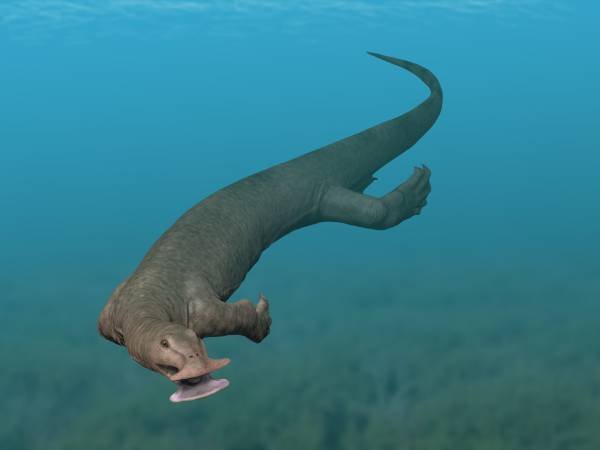
Meet a marine reptile that reinvented the salad bar. Atopodentatus sports a flattened, hammer-like snout with densely packed front teeth, apparently used to scrape algae from rocks and strain the slurry. Early reconstructions showed a zipper-like jaw, but more complete fossils corrected the picture to a broad, shovel-shaped rostrum. It’s a rare glimpse of marine herbivory evolving in the recovery after the end-Permian mass extinction, when ecosystems were rebuilding in strange directions.
By exploiting a resource few marine reptiles touched, Atopodentatus turned a crisis into opportunity. Sometimes evolution’s strangest tools are simply the most practical for a newly vacant niche.
Tanystropheus: The improbably long neck that broke the rules
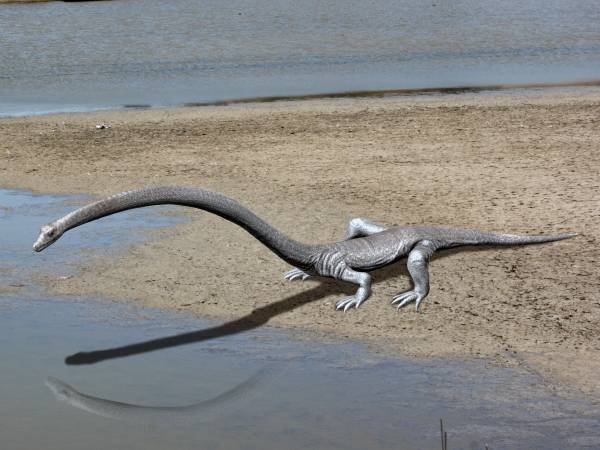
Tanystropheus carried a neck so long and stiff it looked like a fishing pole attached to a lizard’s body. Some individuals had necks rivaling their torsos several times over, built from a handful of elongated vertebrae. Fresh analyses suggest semiaquatic habits: the neck could reach into open water from shore or hover in ambush above schools of fish. Two body sizes likely represent distinct species, hinting at a split between different hunting strategies.
Biomechanics challenges remain – how do you balance a life with that much front-loaded leverage? The best answer is that the water itself helped, turning the neck from a burden into a buoyed spear.
Dickinsonia: The quilted mystery that may be one of the oldest animals

Long before shells or bones, Dickinsonia pressed oval, quilted impressions into seafloor mats during the Ediacaran period. For years it defied simple labels: not quite a jelly, not quite a fungus, and certainly not a plant. Chemical analyses later detected cholesterol-like biomarkers in some specimens, evidence consistent with animal affinity. Its body lacked obvious organs, but the repetitive modules hint at growth and a simple, efficient design for ancient seas.
I think of Dickinsonia as a quiet milestone – a soft-bodied pioneer whose success faded before the Cambrian explosion but left a clue we can still read. Sometimes the most important steps in evolution don’t roar; they whisper.
Why It Matters: What these misfits reveal about life’s playbook
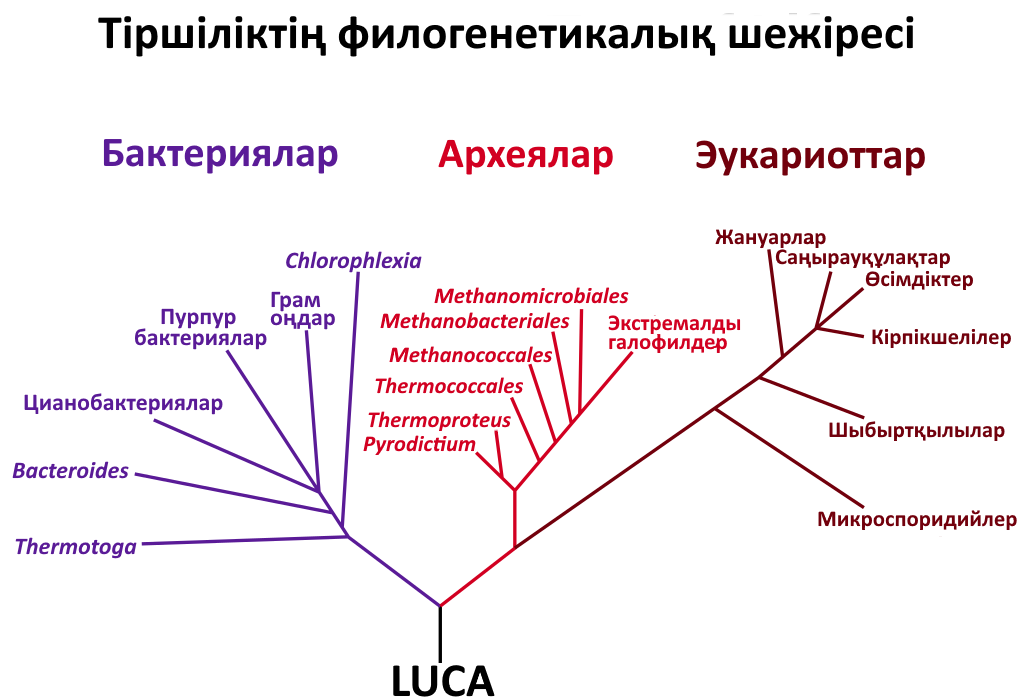
These creatures enlarge the boundaries of what we consider possible, and that matters far beyond trivia-night astonishment. They show that evolution iterates like a restless engineer, testing morphologies that later vanish yet leave ideas embedded in descendants. When we map their traits onto evolutionary trees, we reconstruct how eyes, limbs, and feeding strategies diversified. That, in turn, informs how ecosystems rebound after crises, how innovation spreads, and which experiments tend to stick.
Compared with a dinosaur-only lens, this broader view reveals life as more experimental and more resilient. It’s not just a weirdo gallery – it’s a record of prototypes that teach us how complexity evolves, survives shocks, and sometimes takes a hard left turn.
The Future Landscape: New tools, new fossils, new surprises
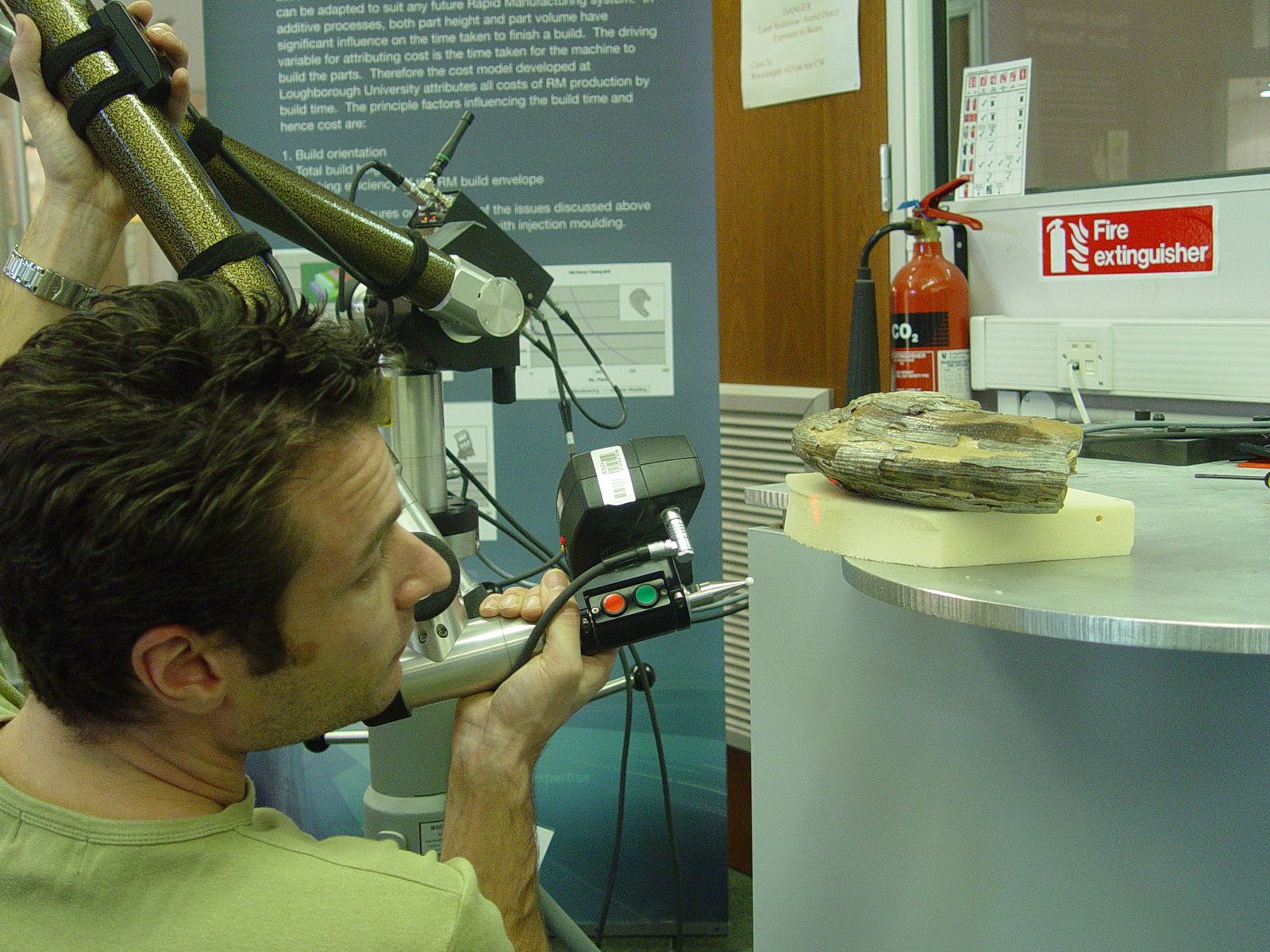
Fossil sleuthing is shifting from chisels to scanners, with micro-CT, synchrotron beams, and chemical mapping exposing hidden tissues and growth patterns. Machine learning now helps sort fragmentary fossils and flag subtle similarities across museum collections, accelerating hypotheses that once took decades. Ancient biomolecules – pigments, proteins, lipids – are being traced more carefully, tightening links between soft-bodied enigmas and living relatives. As new sites emerge from Mongolia to Morocco, the global map of deep time is filling in.
Challenges remain: preservation biases still skew what we see, and debates like the Tully monster’s identity won’t settle without better specimens. But the direction is clear – more data, richer context, and stranger stories waiting just below the next layer of stone.
How You Can Get Involved

Support local museums and university collections; their drawers hold the unsolved puzzles that fuel breakthroughs. Citizen-science platforms invite help transcribing old field notes, digitizing slides, and labeling images that train research algorithms. If you hike fossil-bearing areas, follow regulations, record exact locations, and share finds responsibly with regional experts. Even small actions – renewing a membership, funding a student grant, or volunteering a weekend – can tip a project from “almost” to “done.”
Most of all, nurture curiosity at home: read together, sketch fossils, and ask the odd questions that rewire assumptions. The next big insight might begin with someone staring into a display case and thinking, could life really look like that?

Suhail Ahmed is a passionate digital professional and nature enthusiast with over 8 years of experience in content strategy, SEO, web development, and digital operations. Alongside his freelance journey, Suhail actively contributes to nature and wildlife platforms like Discover Wildlife, where he channels his curiosity for the planet into engaging, educational storytelling.
With a strong background in managing digital ecosystems — from ecommerce stores and WordPress websites to social media and automation — Suhail merges technical precision with creative insight. His content reflects a rare balance: SEO-friendly yet deeply human, data-informed yet emotionally resonant.
Driven by a love for discovery and storytelling, Suhail believes in using digital platforms to amplify causes that matter — especially those protecting Earth’s biodiversity and inspiring sustainable living. Whether he’s managing online projects or crafting wildlife content, his goal remains the same: to inform, inspire, and leave a positive digital footprint.



